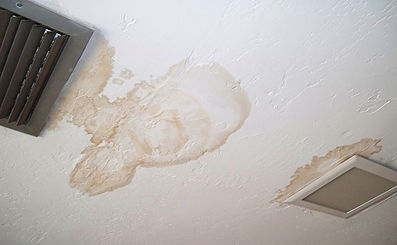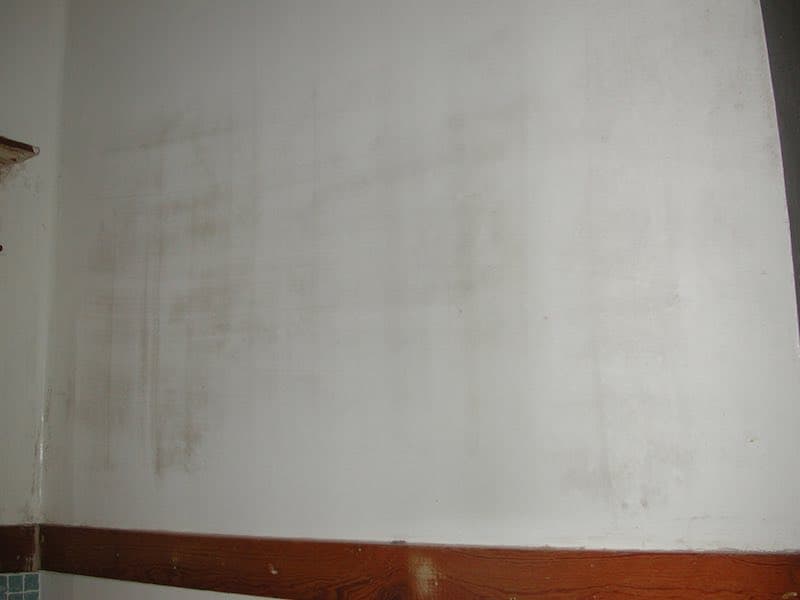Locating Stains from Water on Wall Surfaces - Methods to Fix Them Satisfactorily
Locating Stains from Water on Wall Surfaces - Methods to Fix Them Satisfactorily
Blog Article
How do you feel about Indicators of Water Damage Behind Walls?

Water spots on wall surfaces are not pleasant to the eyes. Sometimes it seems nearly inevitable to experience water stains on wall surfaces in homes.
Property owners residing in damp areas frequently deal with the fear of water stains on walls. Yet that does not need to hold true for you. With precise and well-rounded details on the causes of water stains and also punctual repair service procedures, you will always be a step ahead of such events. This post guarantees to be an useful guide for you.
3 Usual Causes of Water Spots on Wall Surfaces
Unlike popular belief, water discolorations on wall surfaces do not constantly come from bad structure products. There are several sources of water spots on wall surfaces. These include:
Wet
When hot moist air consults with dry cool air, it causes water beads to form on the wall surfaces of buildings. This happens in washrooms as well as kitchens when there is steam from cooking or showers. The water droplets can tarnish the bordering walls in these parts of your home as well as infect other locations.
Damp or condensation affects the roof as well as wall surfaces of buildings. This causes them to appear darker than various other locations of the residence. When the wall is wet, it creates a suitable environment for the development of fungi and also microorganisms. These may have damaging impacts on health, such as allergic reactions and respiratory system conditions.
Poor Drainage
When making a building plan, it is critical to make certain adequate drain. This will certainly stop water from seeping into the walls. Where the drainage system is clogged or nonexistent, below ground dampness builds up. This links to excessive wetness that you discover on the walls of your building.
So, the leading root cause of wet wall surfaces, in this instance, can be an inadequate drain system. It can likewise be because of poor management of sewage pipelines that go through the building.
Pipe Leaks
Most residences have a network of water pipes within the wall surfaces. This makes certain that the pipelines are well away from the reach of harmful rodents. It always raises the stability of such pipes, as there is little oxygen within the wall surfaces. This dissuades corrosion.
A disadvantage to this is that water leakage affects the walls of the building and also creates prevalent damages. A telltale sign of damaged pipes is the look of a water discolor on the wall.
Pro Tip
A houseplant in your house likewise enhances its humidity. If the residence is already moist, you may desire to introduce houseplants with marginal transpiration. An example of ideal houseplants is succulents.
Water Stains on Wall Surface: Repair Work Tips
Property owners would generally desire a quick fix when taking care of water stains. Yet, they would soon recognize this is detrimental as the water stains reoccur. So, below are a couple of handy suggestions that will certainly lead you in the repair of water stains on walls:
Conclusion
Although no one wishes to have water spots on walls in their house, it can take place to the best of us. This write-up offers you take advantage of, as you currently know just how to handle this incident if it does occur.
It is always best to recruit expert services to help take care of the problems in your house.
Often it appears virtually unpreventable to experience water spots on wall surfaces in houses.
Contrary to preferred idea, water spots on walls do not always stem from poor structure products. There are a number of reasons of water discolorations on wall surfaces. The water droplets can tarnish the surrounding walls in these components of your house and spread to other locations.
Right here are a few practical pointers that will certainly assist you in the repair of water discolorations on walls:
CHECKING FOR WATER DAMAGE
Water damage can be costly, and it may begin before you even notice the first signs of trouble. Water damage can cause mold and mildew in your walls and floors, which can create an abundance of health concerns for your family. It can also lead to costly repairs of various appliances and general home fixtures. To avoid the pricey consequences of water damage, here are Warner Service’s top 5 places you should check:
The walls – The easiest place to spot the beginnings of water damage is on the walls and ceilings of your home. If water damage is present, there will most likely be water stains, especially around the windows and doorframes, and/or cracks in the drywall. If a stain looks unusual (discolored to brown, black or gray, raised texture), has a swollen appearance or is soft to the touch, contact a professional immediately. The pipes – To avoid water damage, consistently check the pipes in your kitchen (especially the dishwasher and ice maker), bathrooms, laundry room (specifically washing machines) and basement for corrosion, leaks and water stains. Pay special attention to where the pipes connect in your home and the location of caulking around the bathroom fixtures, including toilets, sinks, showers and tubs. Missing or loose caulking and grout could be signs of leaking water. This seepage can also quickly cause mold and rust, so double check your water heater and tank for wet spots on the floor. The floor – Water damage is very easy to spot on the floor. Look for any warping or buckling of the material, especially in the basement. If your home has wood flooring, look for bright white or dark stains. If your home has carpeting, keep it dry and clean. A damp carpet that smells of mold could cause water damage and health problems. To avoid this, consider installing floor pans under your appliances to help prevent damages from small, slow and undetected leaks. The basement and attic – If your basement or attic smells odd check for mold and mildew around the area, especially the valley where the roof meets. While you are inspecting those areas, check for wall cracks, floor stains, rust and dampness in the insulation. If you live in a colder and/or rainier climate, perform routine checks for water damage from melting snow or ice and rain. The exterior – Check the roof for damaged flashing and missing, cracked or curled shingles. There should also be no standing water anywhere outside your home. This could be caused by puddles, leaky rain gutters or hoses, poor drainage, or short gutter spouts. Invest in a sump pump system or water flow monitoring system, and perform routine maintenance on these outdoor appliances to avoid indoor water damage.

Do you appreciate more info about How to Remove Water Stains from Walls and Ceilings? Give feedback directly below. We'd be glad to see your ideas about this blog. We hope that you come back again before long. Make sure you take a moment to distribute this blog if you enjoyed it. I cherish reading our article about Indicators of Water Damage Behind Walls.
For fast relief, call! Report this page